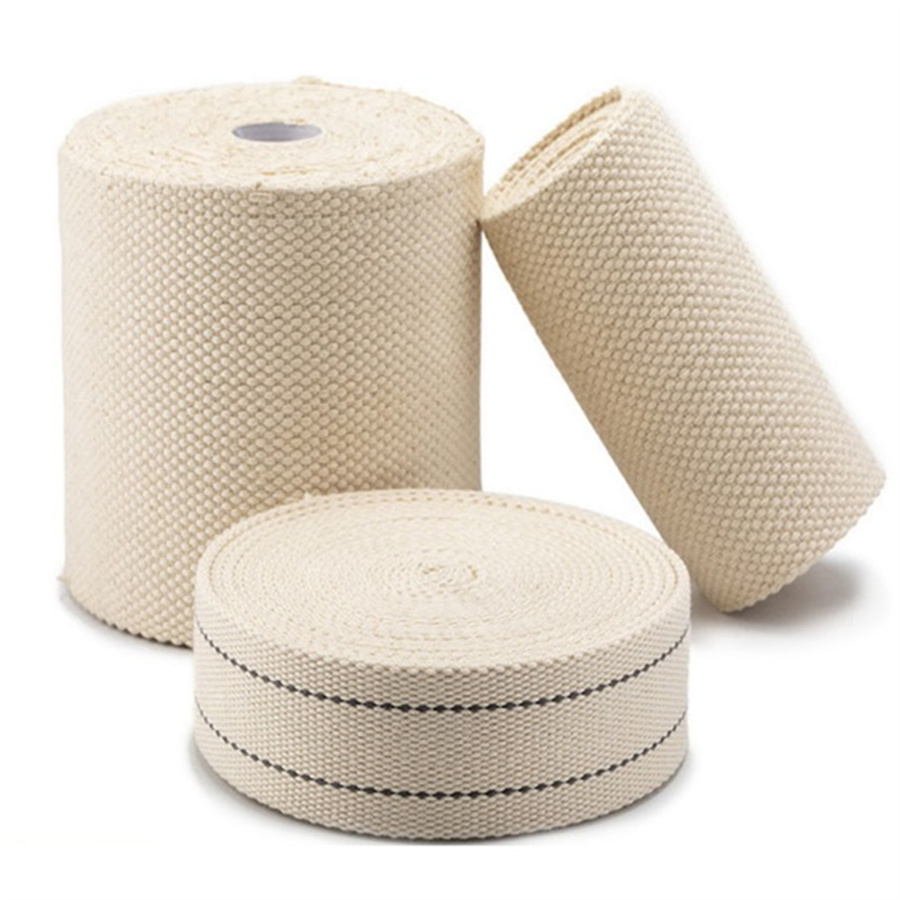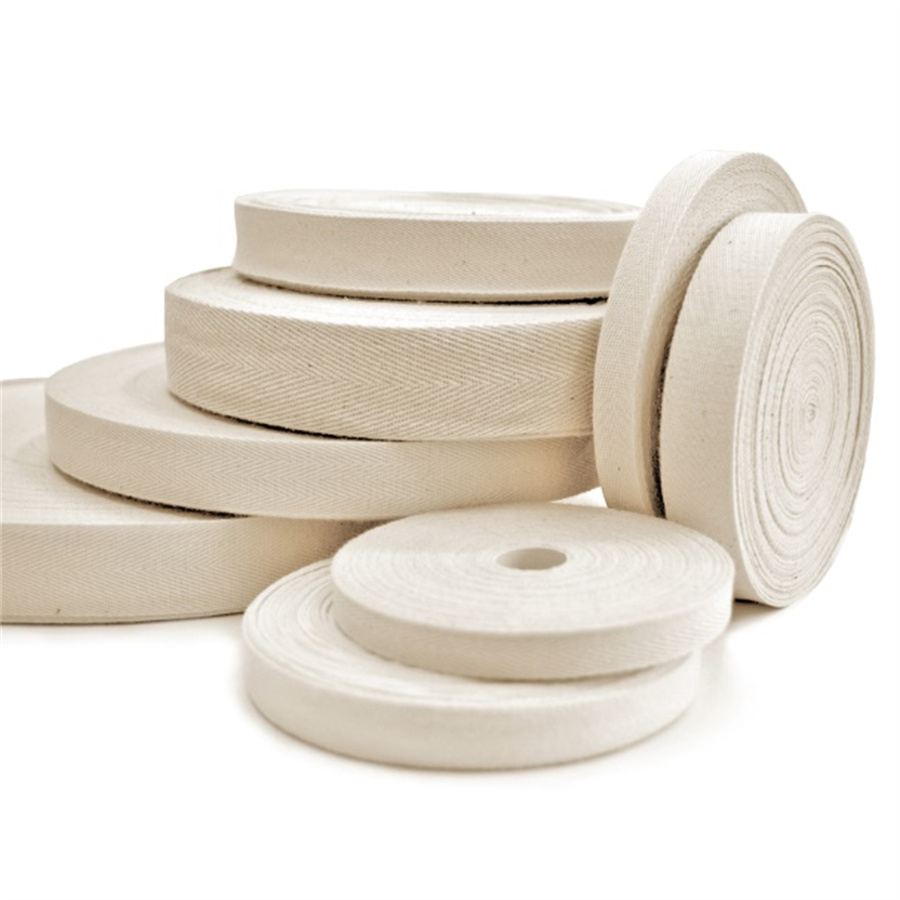

According to the WGSN’s investigation reported published on August,2022, 8% of apparels, accessories, bags uses Eco-friendly materials. More and more brands, manufacturers and consumers are caring about the environment and has a tendency of eco-friendly products.
Then what are the critical standards that Eco-friendly ribbons must meet?
Here are some ideas for your reference.
PH value
The surface of the human skin is weakly acidic, which helps to prevent the invasion of bacteria。The pH value of textiles that has immediate contact to skin should be between weakly acidic and neutral, which will not cause skin itching and will not damage the weakly acidic environment on the skin surface.
Formaldehyde
Formaldehyde is a toxic substance that is harmful to the protoplasm of biological cells. It can combine with the protein in the organism, change the protein structure and solidify it. Textiles containing formaldehyde will gradually release free formaldehyde during wear and use, causing strong irritation to the respiratory mucosa and skin through contact with the human respiratory tract and skin, leading to respiratory inflammation and dermatitis. Long term effects can cause gastroenteritis, hepatitis, and pain in fingers and toenails. In addition, formaldehyde also has strong irritation to the eyes. Generally, when the concentration of formaldehyde in the atmosphere reaches 4.00mg/kg, people's eyes will feel uncomfortable. It has been clinically proven that formaldehyde is a significant inducer of various allergies and may also induce cancer. The formaldehyde in the fabric mainly comes from the post-treatment process of the fabric. For example, as a crosslinking agent in the crease and shrink resistant finishing of cellulose fibers, anionic resins containing formaldehyde are used to improve the color fastness to wet friction in direct or reactive dyeing of cotton fabrics.
Extractable heavy metals
The use of metal complex dyes is an important source of heavy metals on textiles, and natural plant fibers may also absorb heavy metals from soil or air during the growth and processing process. In addition, some heavy metals may also be brought in during dye processing and textile printing and dyeing processes. The cumulative toxicity of heavy metals to the human body is quite severe. Once heavy metals are absorbed by the human body, they tend to accumulate in the bones and tissues of the body. When heavy metals accumulate to a certain extent in the affected organs, they can pose a certain risk to health. This situation is more severe for children, as their ability to absorb heavy metals is much higher than that of adults. The regulations for heavy metal content in Oeko Tex Standard 100 are equivalent to those for drinking water.
Chlorophenol (PCP/TeCP) and OPP
Pentachlorophenol (PCP) is a traditional mold and preservative used in textiles, leather products, wood, and wood pulp. Animal experiments have shown that PCP is a toxic substance with teratogenic and carcinogenic effects on humans. PCP is highly stable and has a long natural degradation process, which is harmful to the environment. Therefore, it is strictly controlled in textiles and leather products. 2,3,5,6-Tetrachlorophenol (TeCP) is a by-product of the synthesis process of PCP, which is equally harmful to humans and the environment. OPP is commonly used in the printing process of fabrics as a paste and was a new testing item added to the Oeko Tex Standard 100 in 2001.
Insecticides/herbicides
Natural plant fibers, such as cotton, can be planted with a variety of pesticides, such as various pesticides, herbicides, defoliant, fungicides, etc. The use of pesticides in cotton cultivation is necessary. If diseases, pests, and weeds are not controlled, it will seriously affect the yield and quality of fibers. There is a statistic that if pesticides are banned from all cotton cultivation in the United States, it will result in a 73% decrease in cotton production throughout the country. Obviously, this is unimaginable. Some of the pesticides used in the growth process of cotton will be absorbed by fibers. Although the vast majority of the absorbed pesticides are removed during textile processing, there is still a possibility that some will remain on the final product. These pesticides have varying degrees of toxicity to the human body and are related to residual amounts on textiles. Some of them are easily absorbed by the skin and have considerable toxicity to the human body. However, if the fabric is thoroughly boiled, it can effectively remove residual harmful substances such as pesticides/herbicides from the fabric.
TBT/DBT
TBT/DBT can damage the immune and hormonal systems of the human body and have considerable toxicity. The Oeko Tex Standard 100 was added as a new testing project in 2000. TBT/DBT is mainly found from the preservatives and plasticizers in the textile production process.
Prohibit azo dyes
Research has shown that some azo dyes can reduce certain aromatic amines that have carcinogenic effects on humans or animals under certain conditions. After using azo dyes containing carcinogenic aromatic amines in textiles/clothing, the dyes may be absorbed by the skin and spread within the human body during long-term contact. Under the normal biochemical reaction conditions of human metabolism, these dyes may undergo a reduction reaction and decompose into carcinogenic aromatic amines, which can be activated by the human body to change the structure of DNA, causing human diseases and inducing cancer. There are currently about 2000 types of synthetic dyes in circulation on the market, of which about 70% are based on azo chemistry, while there are about 210 types of dyes suspected of reducing carcinogenic aromatic amines (including certain pigments and non azo dyes). In addition, some dyes do not have carcinogenic aromatic amines in their chemical structure, but due to the involvement of intermediates or incomplete separation of impurities and by-products during the synthesis process, the presence of carcinogenic aromatic amines can still be detected, making the final product unable to pass the detection.
After the release of Oeko Tex Standard 100, the German government, the Netherlands, and Austria also issued laws prohibiting azo dyes in accordance with the Oeko Tex standard. The EU Consumer Goods Act also controls the use of azo dyes.
Allergenic dye
When dyeing polyester, nylon, and acetate fibers, disperse dyes are used. Some disperse dyes have been shown to have sensitization effects. At present, there are a total of 20 types of allergenic dyes that cannot be used according to the 100 regulations of Oeko Tex Standard.
Chlorobenzene and chlorotoluene
Carrier dyeing is a common dyeing process for pure and blended polyester fiber products. Because of its tight supramolecular structure and no active group on the chain segment, carrier dyeing is often used when dyeing under normal pressure. Some inexpensive chlorinated aromatic compounds, such as trichlorobenzene and dichlorotoluene, are efficient dyeing carriers. Adding a carrier during the dyeing process can expand the fiber structure and facilitate the penetration of dyes, but research has shown that these chlorinated aromatic compounds are harmful to the environment. It has potential teratogenicity and carcinogenicity to the human body. But now, most factories have adopted high-temperature and high-pressure dyeing instead of carrier dyeing process.
Color fastness
Oeko Tex Standard 100 considers color fastness as a testing item from the perspective of ecological textiles. If the color fastness of textiles is not good, dye molecules, heavy metal ions, etc. may be absorbed by the human body through the skin, thereby endangering human health. The color fastness items controlled by Oeko Tex standard 100 include: fastness to water, dry/wet friction, and acid/alkali sweat. In addition, saliva fastness is also tested for the first level products。
Post time: Apr-12-2023
